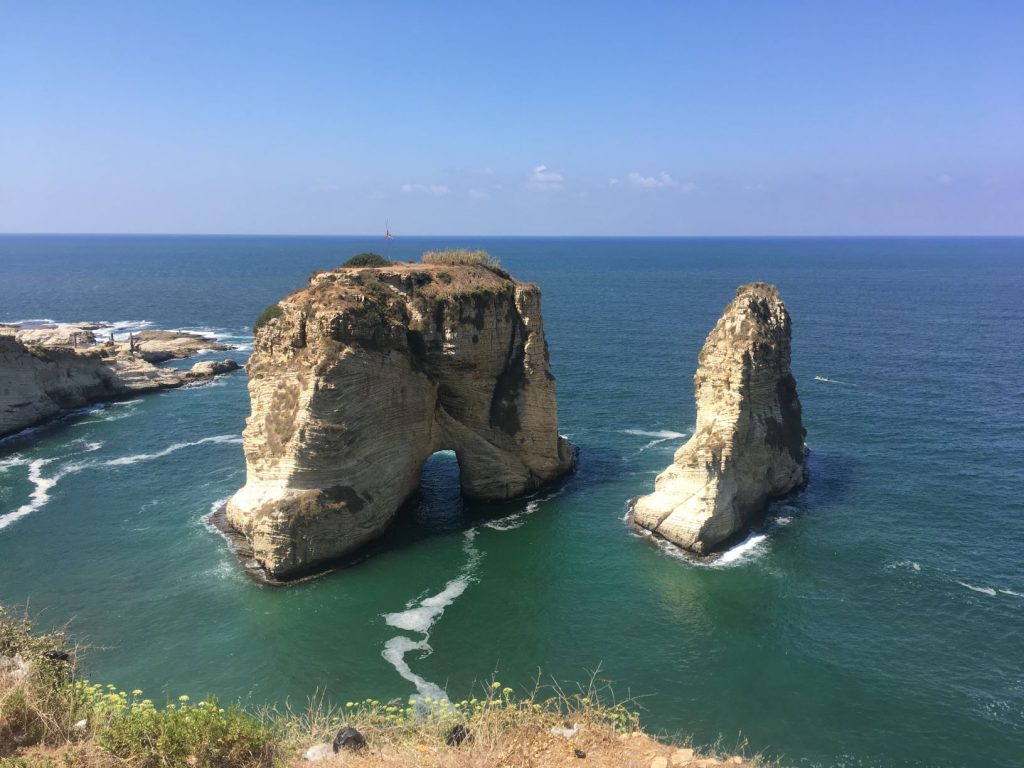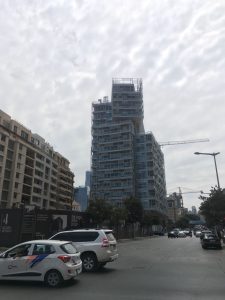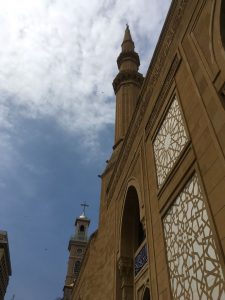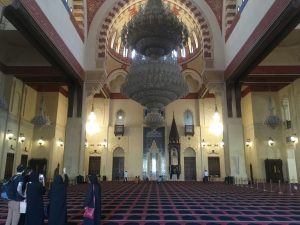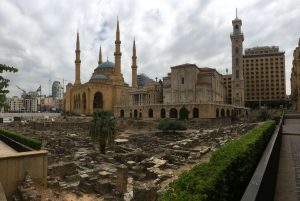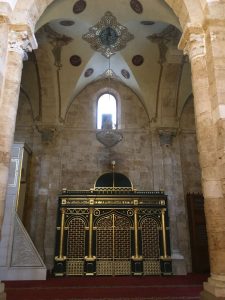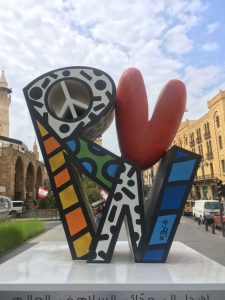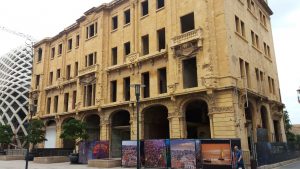Beirut – After spending over a week in Syria in early September, this ANBA reporter drove to Beirut, Lebanon to catch a flight to Dubai and return to Brazil. After leaving Damascus and before taking the plane to the United Arab Emirates, I spent one day in Lebanon’s capital city and visited some of its main tourist attractions.
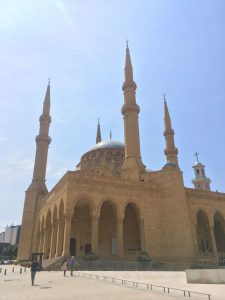
Early in the morning, I left my hotel in Al Hamra neighborhood and walked along the shore to the rock of Raouché (pictured above), one of Beirut’s landmarks. Two rocks rise from the Mediterranean Sea, one of them crossed by a natural arch. A beautiful, photogenic landscape. Several cafés oversee it, but you can see the view even from the sidewalk.
From there, I caught a cab to the city’s historical center, which was built after the civil war that lasted from 1975 to 1990. Make sure to agree a price with the cab driver before the ride so you won’t have an unpleasant surprise.
The region is a mix of historical and religious landmarks, antique ruins, modern buildings, bold architecture, and luxury trade. One of the most modern landmarks is the Mohammed Al Amin Mosque, which opened in 2008. It’s an impressive building with orangey walls, blue domes, and a wide indoor space. It’s next to the Martyrs’ Square and part of a historical complex called the Garden of Forgiveness, which was recently included in the urban planning.
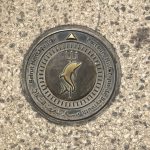
Follow the medallions fixed into the ground that indicate “Beirut Heritage Trail.” Next to the Mohammed Al Amin Mosque, you can find the Saint George Maronite Cathedral, a church from the 19th century inspired by the Basilica di Santa Maria Maggiore in Rome. It was closed at that time.
Right next to the church, an archaeological site stretches behind both the Christian temple and the mosque with the remains of the mains roads of the Roman Beirut (Berytus), Cardo Maximus and Decumanus Maximus, as well as part of its colonnades. The city was made a Roman colony by Augustus, the first Roman emperor

Beirut, however, is much older, and below the Roman ruins, Phoenician-Persian remains were found. The city still existed 2500 BC, and Canaanites called it Biruta. The site also features more recent buildings from the Mamluk and Ottoman era.
Turn to the right, flanking Cardo Maximus. When reaching the back of the site, you’ll have a beautiful view of the ruins and the back of the mosque and cathedral. Turn to the right again at the end of archeological area to visit the St. Georges Greek Orthodox Cathedral. The saint is very popular among Christians in the Middle East.

The church was built in 1767 but houses very ancient riches in its underground. A bomb was thrown over the building during the civil war, revealing the remains of a Byzantine church. Its crypt shows remains from several eras, spanning from the Greek colonization by the Seleucid Empire (323-64 BC) to the Middle Ages, including tombs. It’s a small museum that features a path between monuments with explanatory plaques and a special lightning, as well as artifacts found in the site.
Behind the Orthodox cathedral, there’s a chapel for Our Lady of the Light (Sayydat Al-Nouriyyeh), surrounded by olive trees. It’s a replica, as the original one was destroyed during the civil war.
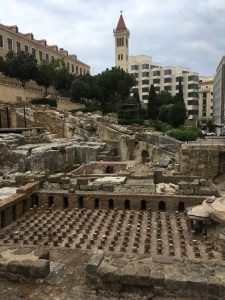
Almost directly in front the cathedral, you’ll find the round Place de l’Étoile, where several streets end, forming a star shape. It was inspired by the far bigger Place de l’Étoile in Paris, which holds the Arc de Triomphe. The square is surrounded by cafes, public buildings and banks. The jewel of the square is the so-called Clock Tower. Underneath it, remains of the Roman Forum, now hidden, were found.
Close to the square, opposite to the Orthodox cathedral, there’s another archeological site: the wide ruins of ancient Roman baths.
Back to the Garden of Forgiveness, you can find Al Omari Mosque, which was initially a Knight Hospitaller church for John the Baptist. Built in the 12th century, it was turned into a mosque in 1292. Its Roman architecture gives away its origin. There are several other mosques nearby.
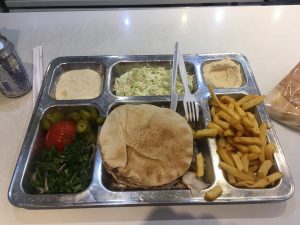
Crossing the Rue Weygand, after looking at a sculpture by Brazilian artist Romero Britto, you’ll find an I Love Beirut sign, which calls for a selfie, as well an entrance to Beirut Souks, a shopping area full of luxury stores where the city’s traditional markets used to be. A small, domed building will catch your eye here. It’s the Zawiya Ibn Iraq shrine from the Mamluk era. You’ll also find the Lebanese chocolate store Patchi. It’s expensive but worth the price.
On the cab ride back to Hamra, a stop for a late lunch at Barbar, a traditional, simple restaurant with an extensive menu and plenty of food. It reminds a bit of Ponto Chic (if you’ve been in São Paulo, you’ll get the reference) but serves lots of Lebanese food onlarge trays. I asked for a poultry-lamb shawarma, but in Brazil this sandwich would be simply referred as… beirute!
(Photo gallery below)
Translated by Guilherme Miranda



